Table of Contents
- Beta-D-Glucans: The Standard for Potency
- The Complex Chemistry of Mushrooms
- Why Only Beta-D-Glucans Are Used for Potency
- Beta-Glucans as a Quality Proxy
- Alpha-Glucans: Purity Markers, Not Potency
- Synergy in Mushroom Extracts
- Antioxi’s Safety Testing Protocols
- Historical Perspective on Mushrooms
- Key Takeaways
- References
Beta-D-Glucans: The Standard for Potency
Beta-D-glucans, particularly the (1→3),(1→6) structures, are well-established immune modulators and the most studied active polysaccharides in medicinal mushrooms[A]. They’re the only compound with a globally validated test method, like the Megazyme enzymatic assay[B].
"Beta-glucan testing is the industry standard for determining mushroom extract potency." – Analytical Researcher[B]
The Complex Chemistry of Mushrooms
Mushrooms produce hundreds of compounds—beta- and alpha-glucans, terpenoids, phenolics, sterols, and more[C]. Measuring each one isn’t feasible, and few have standardized testing methods. Beta-glucans offer a practical, consistent benchmark.
Why Only Beta-D-Glucans Are Used for Potency
Other so-called actives, like triterpenes or ergosterol, have no validated global standard. Even if measurable, results can’t be reliably compared between brands[D].
Beta-Glucans as a Quality Proxy
Extracts rich in beta-D-glucans are typically more mature, better extracted, and higher in therapeutic value. They also contain fewer fillers.
| Polysaccharide | Role | Use in Testing |
|---|---|---|
| Beta-D-Glucans | Immuno-active, potent | Measure for potency |
| Alpha-Glucans | Starch, often filler | Measure for purity control |
| Total Polysaccharides | Non-specific mix | Often misleading |
Alpha-Glucans: Purity Markers, Not Potency
High alpha-glucan levels usually indicate grain contamination or starch fillers. We test them to ensure purity, not potency[E].
Synergy in Mushroom Extracts
Mushroom effects come from synergy—not a single compound. This is why the FDA and EMA could not patent mushroom extracts—they lack a defined mode of action or isolated compound[F].
"The whole is greater than the sum of its parts. That's the nature of mushroom therapeutics." – Mycologist[F]
Antioxi’s Safety Testing Protocols
Every batch of Antioxi extracts is tested for:
- Heavy metals (lead, mercury, cadmium, arsenic)
- Full pesticide panel (not just the basics)
- Ethylene oxide (ETO)
- Polycyclic aromatic hydrocarbons (PAHs)
- Microbial contamination
Historical Perspective on Mushrooms
Medicinal mushrooms have been used for millennia. Ötzi the Iceman carried fungal medicine 5,000 years ago. Traditional Chinese texts cite Reishi and Cordyceps as vitality tonics[G].
Key Takeaways
- Beta-D-glucans are the most reliable, scientifically validated measure of mushroom extract potency.
- Alpha-glucans are tested for purity—not strength.
- Other actives lack global standards, making comparisons impossible.
- Our rigorous testing ensures both safety and effectiveness in every pouch.
References
- A. Vetvicka V, et al. (2007). "Beta-glucans in immunotherapy." Int J Oncol.
- B. McCleary B, et al. (2010). "Measurement of (1-3)(1-6)-β-glucan in mushrooms using enzymatic methods." Megazyme.
- C. Wasser SP (2014). "Medicinal mushroom science: history, current status, and future trends." Int J Med Mushrooms.
- D. Chilton J (2017). "The importance of testing for active compounds in mushroom extracts." Nammex White Paper.
- E. ConsumerLab (2021). "Alpha-glucans: What they are and why they matter." Supplement Reviews.
- F. Zhao R et al. (2019). "Mushroom polysaccharides and synergy: A new frontier." PLoS ONE.
- G. Hobbs C (2002). "Medicinal Mushrooms: An Exploration of Tradition, Healing, and Culture." Botanica Press.

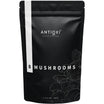
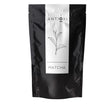
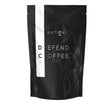
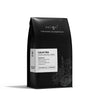
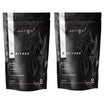
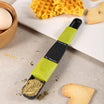
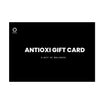
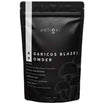
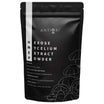
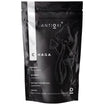
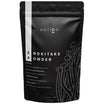

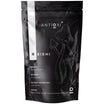
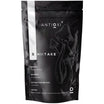
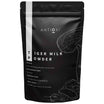
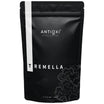
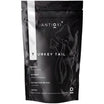
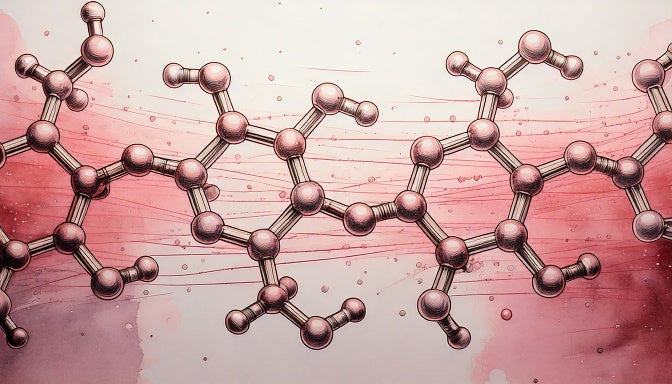
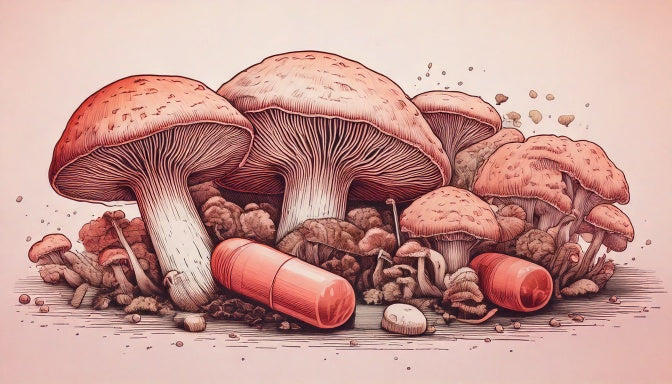
Leave a comment
All comments are moderated before being published.
This site is protected by hCaptcha and the hCaptcha Privacy Policy and Terms of Service apply.